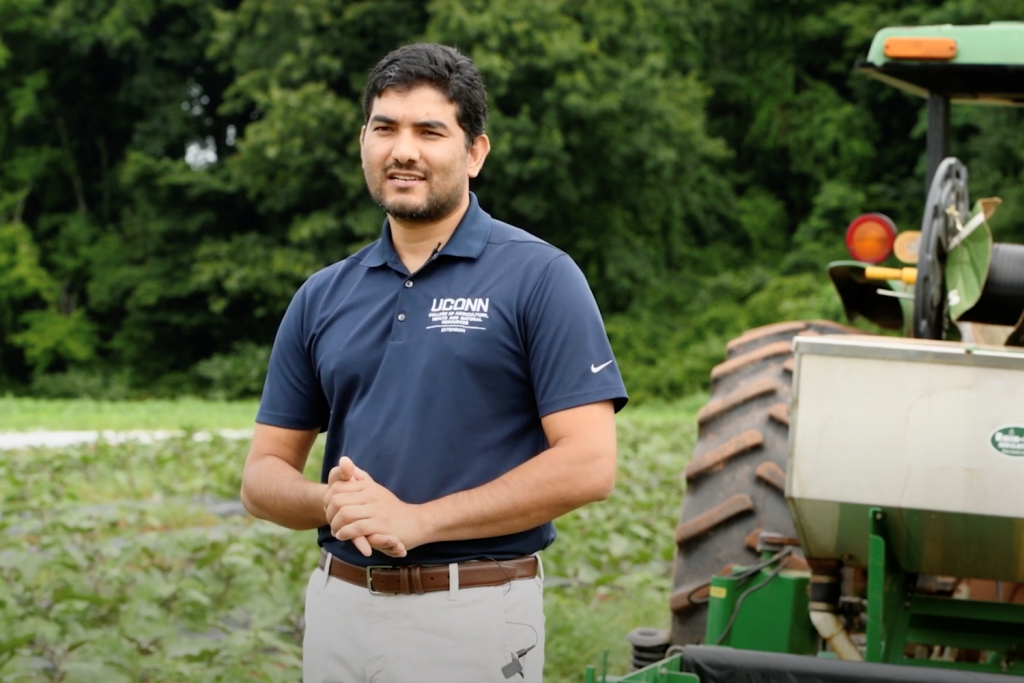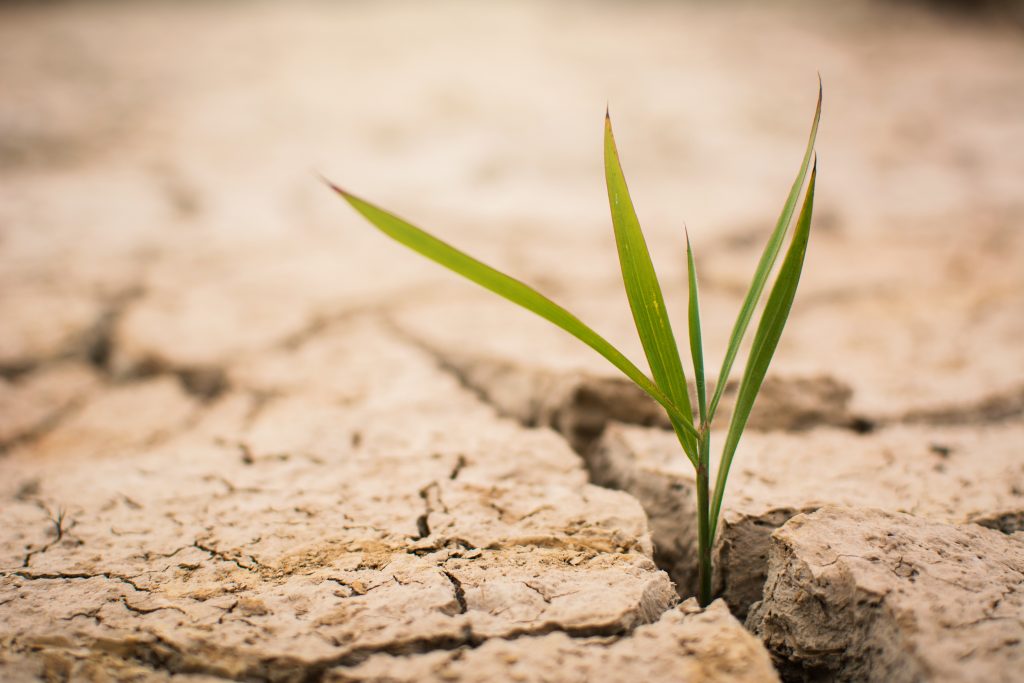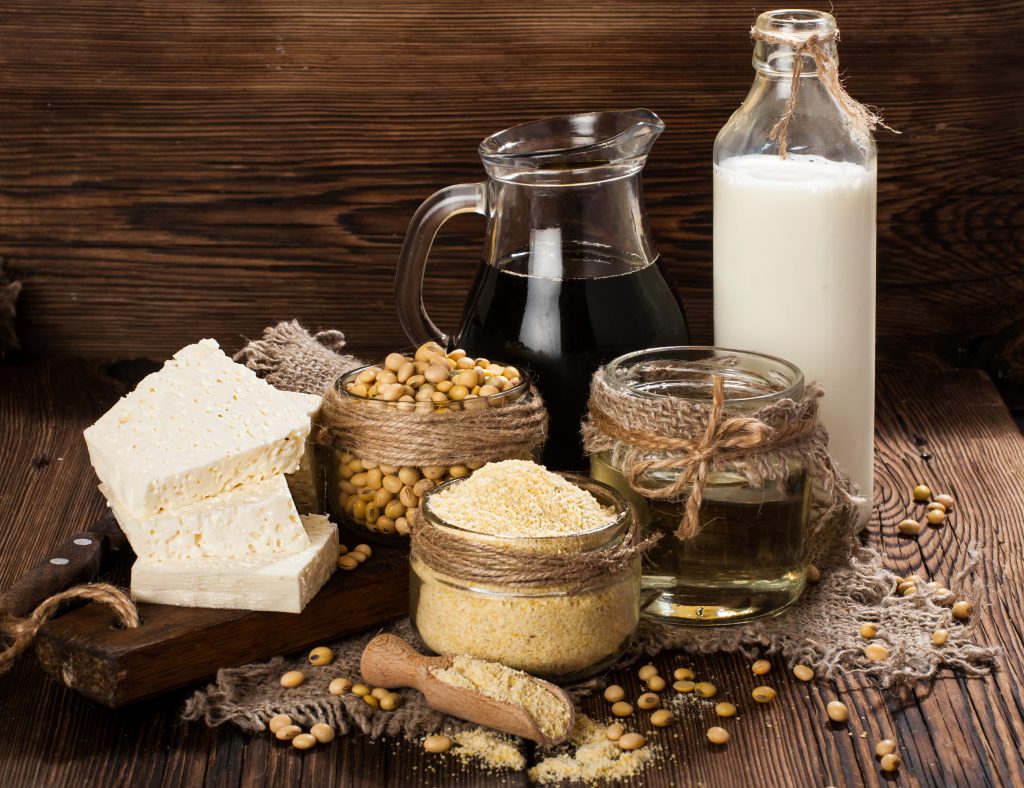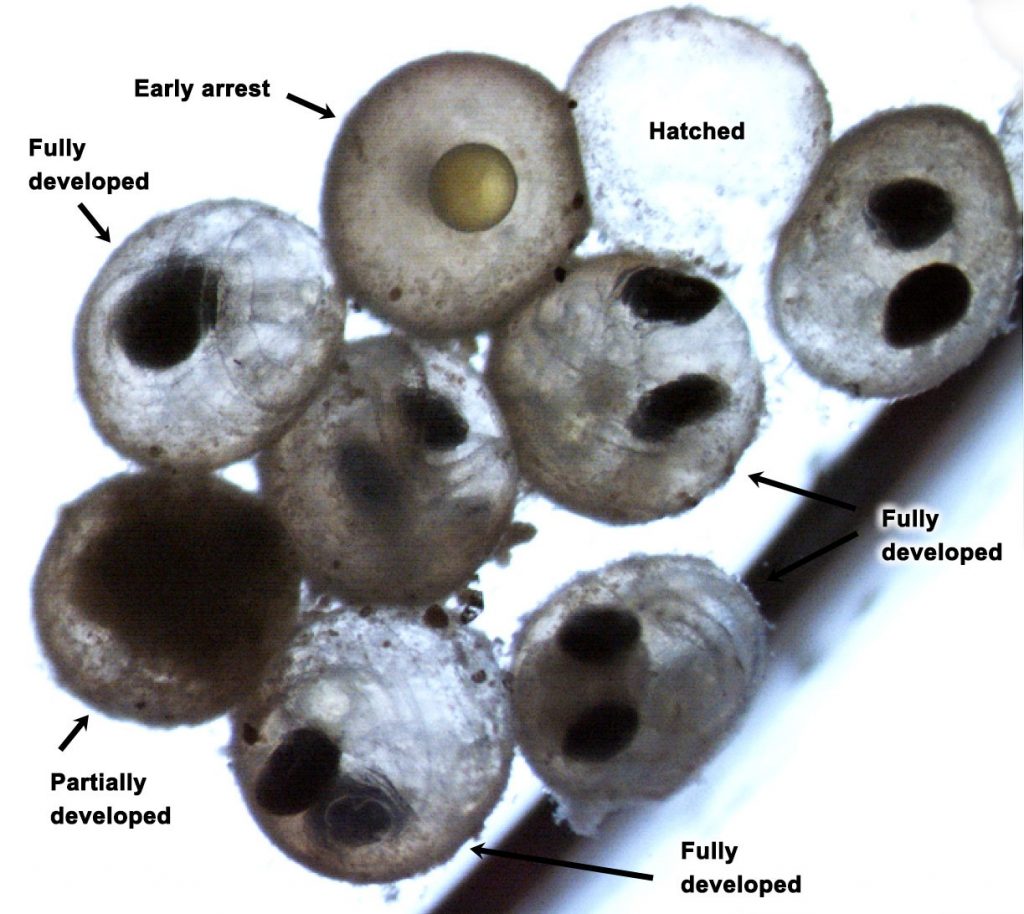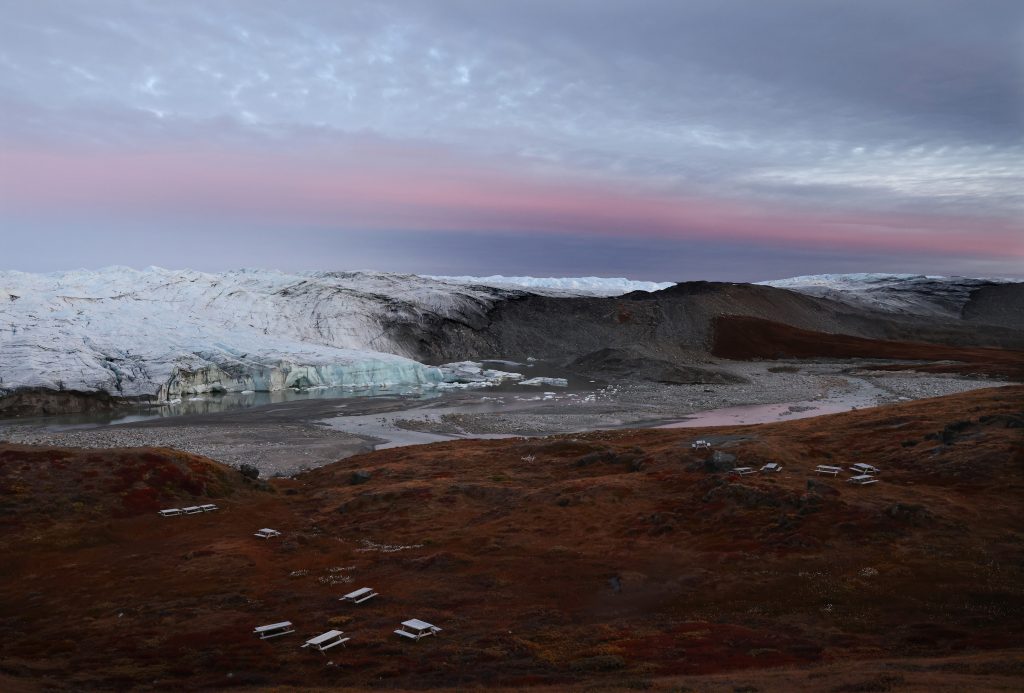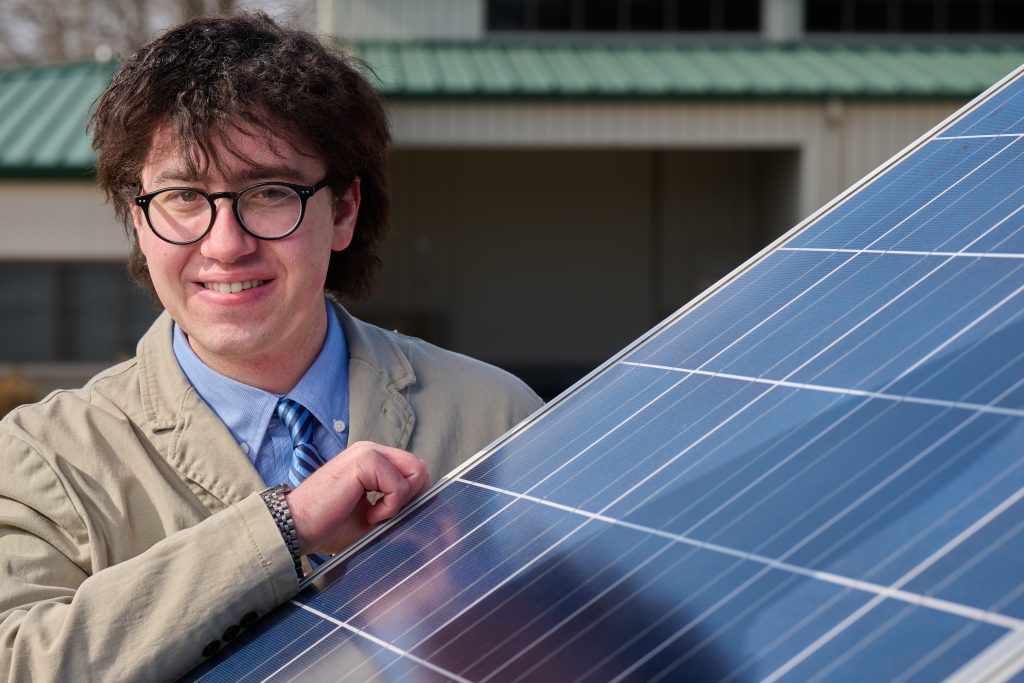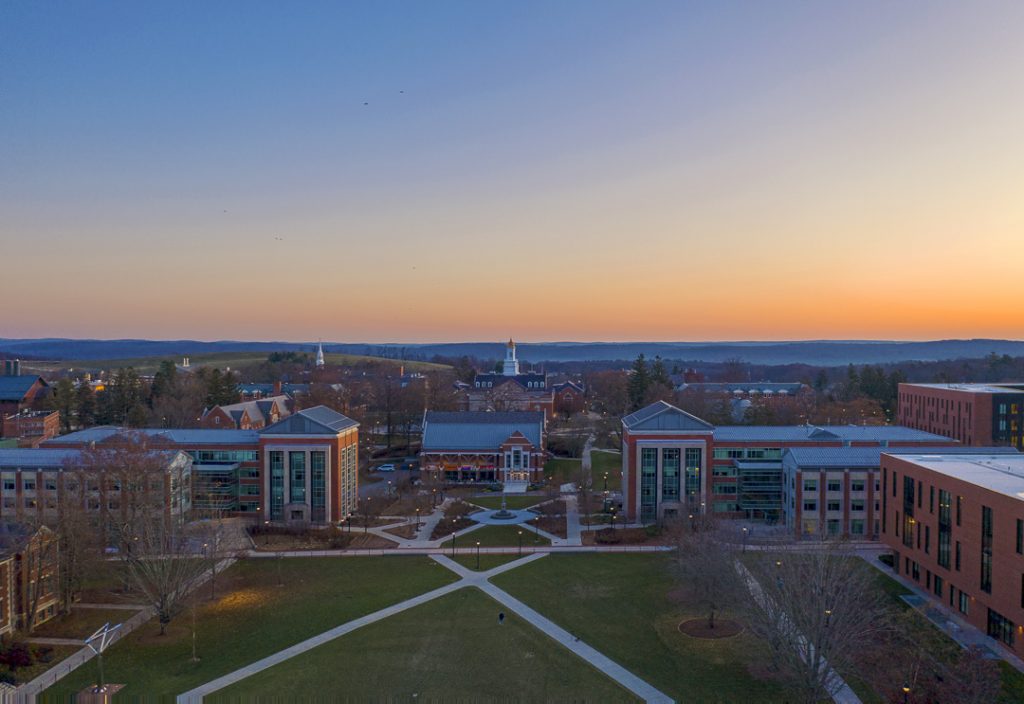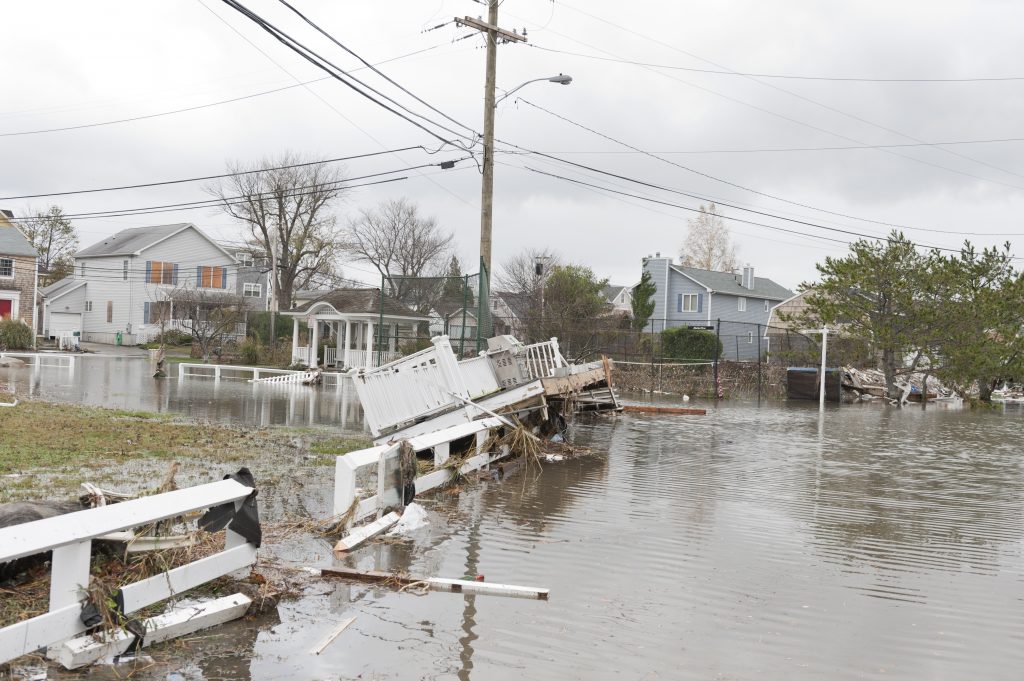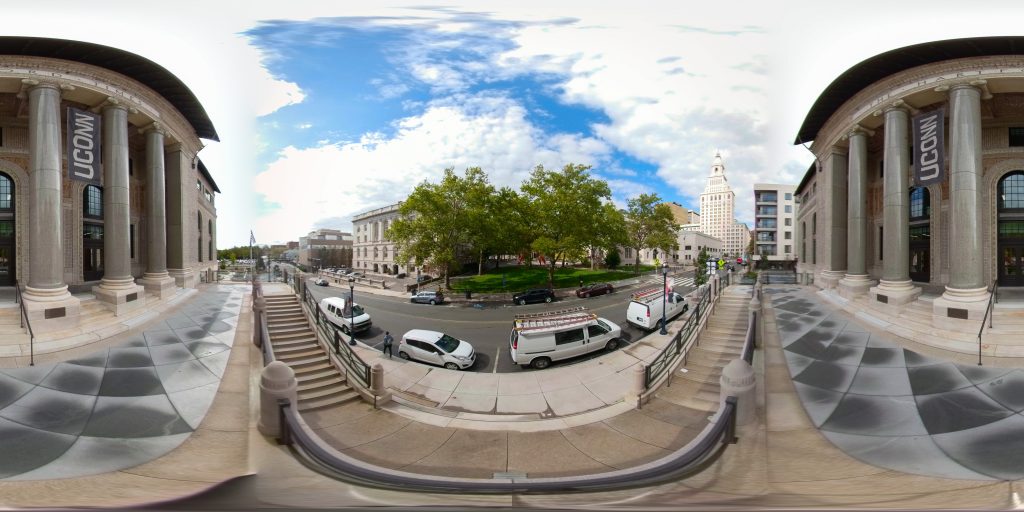Climate change
Biodegradable Plastic Mulch: A Climate Smart Agricultural Practice
UConn is working with growers in the state to find alternatives to plastic mulch without eliminating the benefits it brings
September 22, 2022 | Stacey Stearns, College of Agriculture, Health and Natural Resources and UConn Extension
A Darker Shade of Green: Understanding Ecofascism
A UConn expert explains how environmentalist ideas can be weaponized in pursuit of a fascist political agenda
September 7, 2022 | Elaina Hancock
For Advance Drought Warning, Look to the Plants
UConn researchers find signals in vegetation can help forecast devastating 'flash' droughts
August 5, 2022 | Elaina Hancock
For Plant-based Proteins, Soy is a Smart Choice
This bean's versatility makes it an increasingly popular alternative to meat and dairy products
May 18, 2022 | Elaina Hancock
Under Ocean Acidification, Embryos of a Key Forage Fish Struggle to Hatch
A potential ripple effect from carbon in the atmosphere could have severe impacts throughout the ocean ecosystem
April 7, 2022 | Elaina Hancock
Ice Sheet Retreat and Forest Expansion Turned Ancient Subtropical Drylands into Oases
Studying the climate of the distant past to get a sense of what the future holds
March 14, 2022 | Elaina Hancock
UConn Student Group Stepping Up to Help Push for Clean Energy
Harnessing student enthusiasm and talent to advocate for new solutions
February 28, 2022 | Elaina Hancock
From Policy to Practical: UConn Students, Alumni Use Personal Strengths to Address Climate Change
Marshaling the University's resources to tackle the pressing issue of climate change through research, policy advocacy, and more
February 18, 2022 | Kimberly Phillips
Fact Sheets Help Local Leaders in CT Navigate Climate Change Questions
Adapt CT offers guidance on matters ranging from beach erosion to the flooding of coastal highways
February 11, 2022 | Judy Benson, Connecticut Sea Grant
Closer Collaboration and Community Outreach for Urban Sustainability, Together at Hartford Campus
The partnership between CIRCA and SCGI aims to help build more environmentally sustainable and resilient cities
December 9, 2021 | Elaina Hancock
